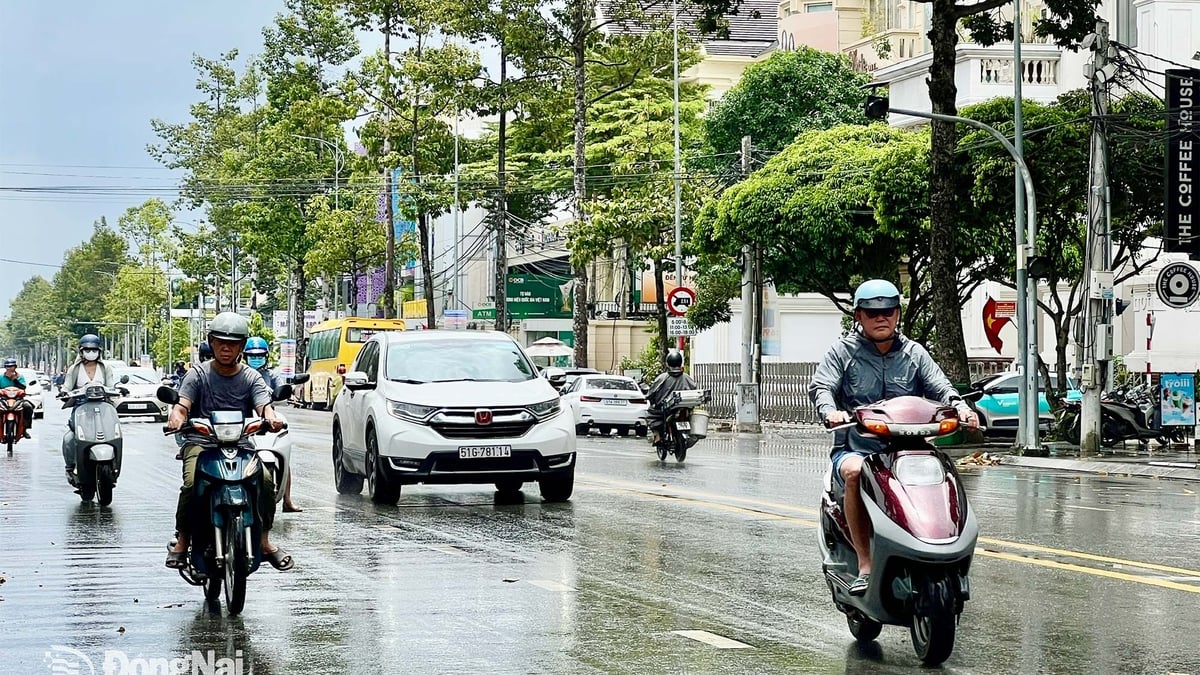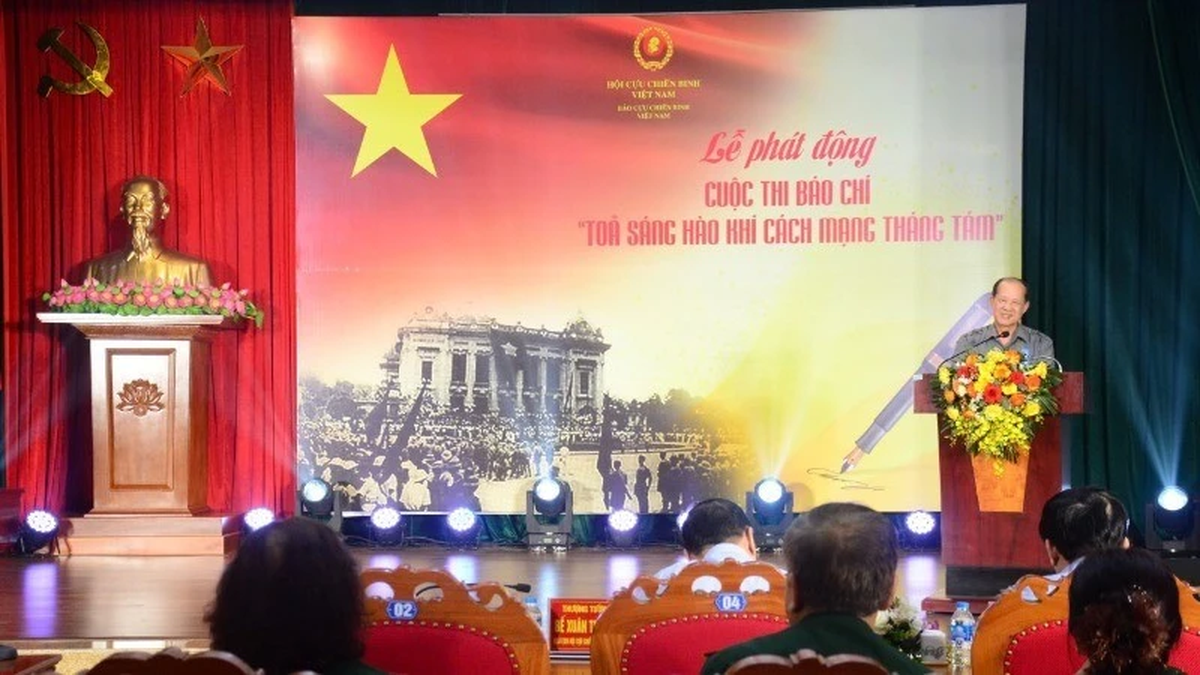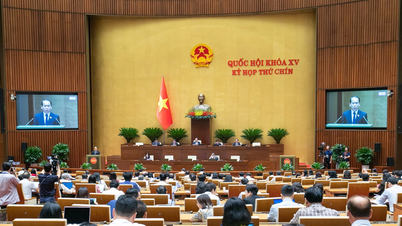On August 8, 2025, the Hanoi People's Committee issued Plan No. 224/KH-UBND on the implementation of Official Dispatch No. 29/CD-TTg dated April 3, 2025 and continued to implement Official Dispatch No. 139/CD-TTg dated December 23, 2024 of the Prime Minister on strengthening and promoting the prevention and handling of activities using high technology in cyberspace to fraudulently appropriate property.
In the era of strong digitalization, high-tech fraud is becoming increasingly sophisticated. From email scams, fake messages, fake calls, to large-scale cyber attacks to take control of bank accounts, people around the world have become targets of cybercrime. In response to this situation, many countries have developed prevention and response strategies, combining legal measures, technology and propaganda to protect people as well as the financial system.
Singapore
Singapore is one of the leading countries in Asia in developing and implementing measures to prevent high-tech fraud. As a leading financial and commercial center in the region, the island nation is often the target of international cybercrime. The Singapore government is well aware that in order to protect its economic system and its people, it is necessary to apply a “multi-layered defense” strategy that combines law, technology and public awareness.
One of the highlights of Singapore’s experience is the widespread adoption of multi-factor authentication (MFA) in most online transactions, especially in the banking sector. This helps to limit the risk of fraudsters accessing accounts with only basic login information. Banks in Singapore also deploy real-time transaction monitoring systems, automatically pausing or blocking unusual transactions for manual review before allowing them to proceed.

Along with technical measures, Singapore has placed a strong emphasis on public education and awareness. The “ScamShield” campaign was launched nationwide, combining a mobile app that blocks fraudulent text messages and calls with regular updates on new scams. The government has worked with the police, financial regulators and the media to spread the warnings to all age groups, from school children to the elderly – those most vulnerable to exploitation.
On the other hand, Singapore’s legal framework is well-designed, clearly defining the responsibilities of financial institutions in protecting customer information and assets. When incidents occur, banks and authorities must quickly coordinate to trace transactions, freeze suspicious accounts, and assist in recovering damages. Strict handling of fraud cases also creates a strong deterrent effect, limiting recurrence.
Singapore’s experience shows that preventing high-tech fraud is not just a matter of technology, but also a combination of modern security infrastructure, public vigilance, and close coordination between government agencies and the private sector. This model not only helps minimize damage but also builds a safe digital environment, creating trust for citizens and investors.
Japan
Japan is one of the countries with a comprehensive strategy for preventing high-tech fraud, closely combining the development of advanced security infrastructure and public awareness education. In the context of increasingly sophisticated cybercrime, taking advantage of online platforms and smart devices to attack, the Japanese government has determined that prevention must start with improving people's ability to identify risks, in parallel with perfecting technical and legal protection mechanisms.
One of the key elements of Japan’s experience is promoting cybersecurity education early on. Schools, especially elementary and junior high schools, incorporate information security into their curricula, helping students recognize fake text messages, emails, and online scams. Local governments regularly conduct training sessions, especially for the elderly, a group that is vulnerable to scams impersonating government agencies or banks.

On the technical side, Japan maintains strict security standards for financial institutions, requiring multi-layer authentication, strong encryption, and real-time transaction monitoring systems. When irregularities are detected, banks must immediately report them to the authorities and temporarily freeze accounts to prevent damage. In addition, telecommunications companies and online platforms are required to cooperate in detecting, blocking, and removing fraudulent websites, applications, or links.
Japan’s legal framework has also been continuously strengthened to keep up with the pace of change in high-tech crime. Cybersecurity laws and personal data protection regulations clearly define the responsibilities of businesses in ensuring information security for customers, while creating a legal basis for investigative agencies to quickly collect evidence and prosecute criminals. Major cases involving online fraud have been strictly handled, thereby creating a deterrent effect in society.
Japan’s experience shows that to minimize the risks of high-tech fraud, it is impossible to rely solely on technology or law, but must synchronously combine education, communication and multi-sectoral cooperation. This comprehensive preparation helps the country not only protect people’s assets but also maintain trust in a safe and transparent digital transaction environment.
America
The United States is one of the countries with a large-scale and multi-layered system for preventing high-tech fraud and asset appropriation, reflecting the scale of the strongly developing but also risky digital economy. With cybercriminals increasingly exploiting email, social networks, mobile applications and online transaction channels to attack, the US government has deployed many coordinated measures between public agencies, technology businesses and the community to prevent, detect and promptly handle threats.
One of the notable experiences of the United States is operating public warning systems and databases on popular forms of fraud. The Federal Bureau of Investigation (FBI) through its Internet Crime Complaint Center (IC3) allows citizens to report online, and aggregates and analyzes data to identify new crime trends. The Federal Trade Commission (FTC) also maintains a Fraud Watch Network database, which makes it easy for the community to search and receive early warnings of emerging fraud tactics.

In addition, the US focuses on close cooperation with technology corporations, banks and telecommunications companies to improve the ability to detect and neutralize threats at an early stage. Social networking platforms and email services are equipped with algorithms to identify fake content, automatically blocking or removing fraudulent links before users interact. The banking system applies multi-factor authentication, transaction behavior analysis technology and an immediate blocking mechanism when there are signs of abnormalities.
The United States has also launched a wide-ranging public awareness campaign, “Stop. Think. Connect,” to raise public awareness of online risks. Through seminars, television commercials, social media, and school education programs, information about scams and how to avoid them is disseminated to all age groups, from students to seniors.
The US experience shows that an effective prevention system must be based on multi-sectoral coordination, combining advanced technology, a strong legal framework and a highly vigilant community. The connection between the state, businesses and people not only helps to minimize the damage from high-tech fraud but also creates a safe and sustainable online trading environment.
Source: https://khoahocdoisong.vn/kinh-nghiem-phong-ngua-lua-dao-bang-cong-nghe-cao-o-cac-nuoc-post2149044949.html


![[Photo] General Secretary attends the inauguration ceremony of the Ministry of Public Security Headquarters](https://vphoto.vietnam.vn/thumb/1200x675/vietnam/resource/IMAGE/2025/8/16/3ceec3a24ef945c18ae2b523563b749d)






![[Photo series] Admire the skylight glass roof gradually taking shape at the 35 trillion VND terminal of Long Thanh Airport](https://vphoto.vietnam.vn/thumb/1200x675/vietnam/resource/IMAGE/2025/8/16/851fc79edc1e4b1ab9e51763f85ede9a)












![[Photo] Prime Minister Pham Minh Chinh talks on the phone with Cambodian Prime Minister Hun Manet](https://vphoto.vietnam.vn/thumb/1200x675/vietnam/resource/IMAGE/2025/8/15/72d3838db8154bafabdadc0a5165677f)
![[Photo] “Moving forward with Vietnam” on the most romantic road in Vietnam](https://vphoto.vietnam.vn/thumb/1200x675/vietnam/resource/IMAGE/2025/8/16/0ee500bc59fd4468863261ee26f47fe7)



![[Photo] Prime Minister Pham Minh Chinh attends a special art program called "Hanoi - From the historic autumn of 1945"](https://vphoto.vietnam.vn/thumb/1200x675/vietnam/resource/IMAGE/2025/8/15/c1c42655275c40d1be461fee0fd132f3)
![[Photo] Red and yellow stars at the launching ceremony of the program "Moving Forward with Vietnam"](https://vphoto.vietnam.vn/thumb/1200x675/vietnam/resource/IMAGE/2025/8/16/076df6ed0eb345cfa3d1cd1d7591a66f)

![[Photo] National Assembly Chairman Tran Thanh Man attends the inauguration ceremony of President Ton Duc Thang Memorial House](https://vphoto.vietnam.vn/thumb/1200x675/vietnam/resource/IMAGE/2025/8/16/23555950872d428a8708a1e2f94cbf59)




































































Comment (0)